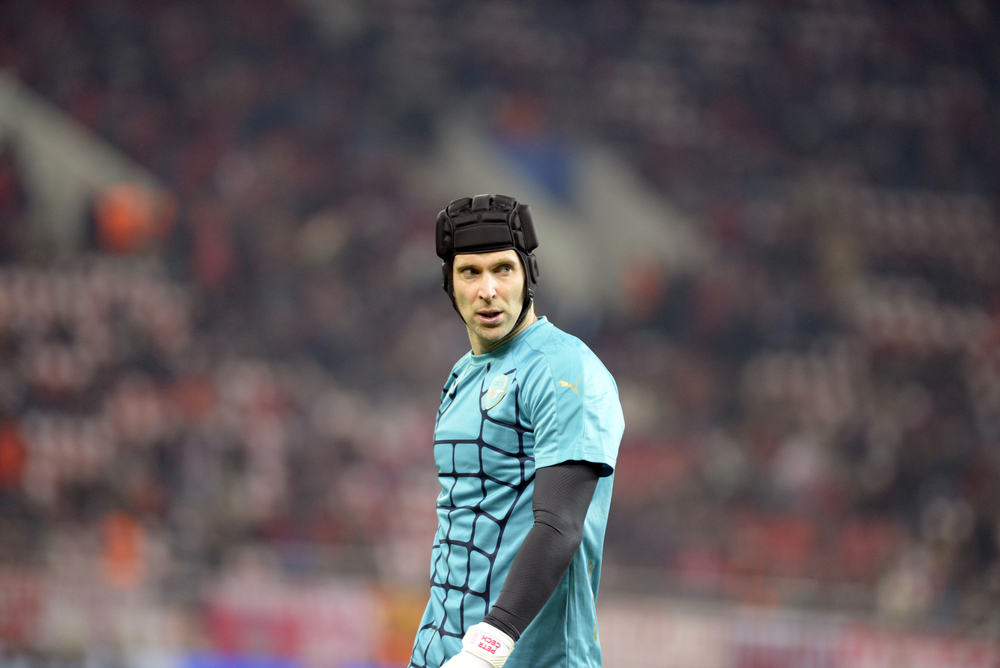Contents:
- Get to know pentalogy of Cantrell, when the heart beats outside the chest frame
- Signs and symptoms pentalogy of Cantrell
- Cause pentalogy of Cantrell
- How to diagnose pentalogy of Cantrell?
- Can this disorder be treated?
Have you ever imagined if your heart beats outside your chest? Of course it will sound scary. Because, you can only feel the heartbeat when you press the chest. Well, there is one abnormality that makes the heart beat outside the body so that it can be seen clearly how the heartbeat actually is. This disorder is called Pentalogy of Cantrell. So, how can it happen?
Get to know pentalogy of Cantrell, when the heart beats outside the chest frame
Pentalogy of Cantrell is a very rare and complex disease. Under normal conditions, the heart lies behind the chest cavity which is protected by the rib cage. However, this disorder causes the patient's heart to be right under the skin, both the heart as a whole or only part of it which is outside the chest frame.
The term enta penta ’from Greek which means andakan five’ signifies this disorder includes five combinations of birth defects, which can involve the sternum, diaphragm, thin membrane covering the heart (pericardium), abdominal wall, and the heart itself. However, most babies with this disorder do not always have the five defects, called pentalogy of Cantrell incomplete.
According to the National Organization of Rare Disorders (NORD), this disease is only experienced by about five babies per one million live births. Unfortunately, babies born with this condition often do not last long. A 2008 study found that of 58 babies with pentalogy of Cantrell, 64 percent or 34 babies die a few days after birth. In most cases, the condition is fatal without surgery that can correct the birth defect.
Signs and symptoms pentalogy of Cantrell
Specific symptoms and severity pentalogy of Cantrell can vary in each patient. Some babies may have mild defects with incomplete abnormalities. However, the most severe signs and forms of this disorder are when the baby has ectopia cordis and omphalocele.
Ectopia cordis is a severe condition in which the whole or part of the heart is outside the chest cavity. While omphalocele is an abdominal wall abnormality that causes parts of the baby's intestines and other abdominal organs to protrude through the navel. In fact, the intestines and organs in the normal stomach should be covered by a thin membrane of the stomach (peritoneum).
In addition to experiencing heart abnormalities outside the chest frame, sufferers pentalogy of Cantrell also potentially experience several other disorders, such as retardation of lung function, difficulty breathing, embolism, and impaired heart function. Besides that, baby with pentalogy of Cantrell risk of developing a wider internal infection in the abdominal cavity.
Cause pentalogy of Cantrell
The cause of this heart beat abnormality outside the body is not certain. However, a theory suggests that this disorder can occur due to problems in the development of embryonic tissue in early pregnancy, which is about 14 to 18 days after conception. Meanwhile, some researchers report that genetic disorders play a role in the development of this disorder, although further research is still needed.
How to diagnose pentalogy of Cantrell?
Diagnosis pentalogy of Cantrell can be known since the first trimester through an ultrasound examination. This intrauterine diagnosis of mentality is not possible before the 12th week of pregnancy, because intestinal herniation of the stomach is a normal occurrence in fetal development. Meanwhile, abnormalities of the abdominal wall commonly occurring after 12 weeks are omphalocele, pentalogy of Cantrell, and gastroschisis.
Echocardiography is usually also done to evaluate the condition of the fetus's heart by using sound waves that produce images of the heart. In addition, MRI is also needed (magnetic resonance imaging) to assess the level of certain abnormalities in the abdominal wall and pericardial damage.
Can this disorder be treated?
Treatment pentalogy of Cantrell done depends on the specific symptoms seen in each patient, including the size and type of abnormalities in the abdominal wall, cardiac anomalies, and certain types of ectopia. Common treatment is surgical intervention in the heart, diaphragm, and other abnormalities found in the patient's body.
A surgical procedure that needs to be done immediately after birth is an omphalocele repair. In severe cases, some doctors recommend early surgery immediately after birth to separate the peritoneal cavity (abdominal cavity) and pericardial (heart cavity). After that, the second stage of surgery is attempted to restore the position of the heart to the chest cavity.













